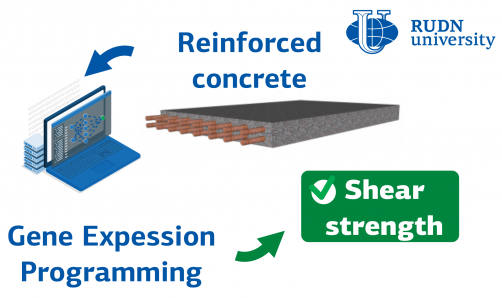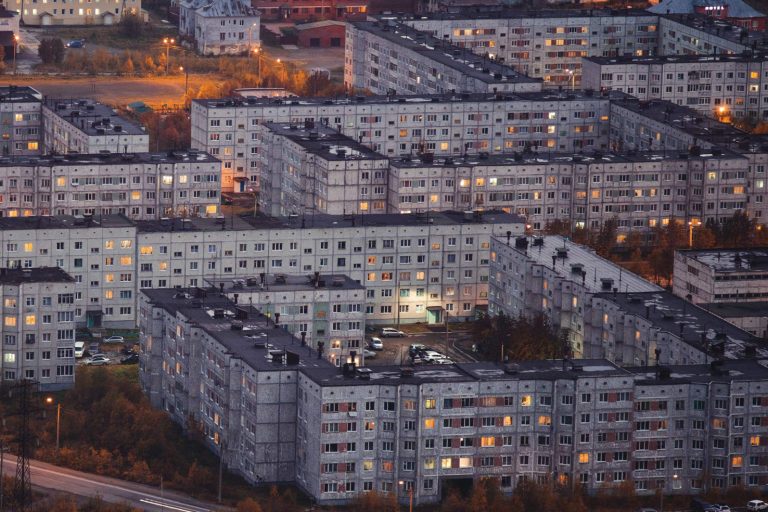Let’s talk AI (artificial intelligence) and all the news with ChatGPT that is getting the lion’s share of attention. An AI application—GPT stands for generative pre-trained transformer—that interacts with people in a conversational way using a dialogue format that makes it possible for it to answer follow-up questions, admit its mistakes, challenge incorrect premises, and reject inappropriate requests. ChatGPT uses an NLP (natural language processing) model created by OpenAI and has made a large impression in many fields because of its ease-of-use and ability to write about seemingly any topic.
The ChatGPT language model was trained using billions of words and phrases collected from the internet, and it can generate responses in a conversational “thread” and take previous prompts or instructions into account. In a short time, ChatGPT caused such a concern among academics—will students write papers or will they be written by AI?—that OpenAI released a complimentary application that analyzes copy to tell if it was human or AI generated.
But AI comes in many forms and can do many things besides write term papers. It also must be admitted that AI isn’t confined to any nation’s borders or industry’s application. Even construction, especially engineering, presents a rich target for AI exploitation.
Rebuilding Eastern Europe
At the end of World War II, the Soviet Union occupied many formally independent countries that it released from Nazi rule. Poland, Hungary, Romania, and others, known in democratic countries as the Eastern Bloc, slowly rebuilt from the destruction of the war. But the Soviet ideology replaced cultural aesthetics and historical designs with drab, almost sterile buildings that used concrete everywhere. Many of those still stand and still function as residential and commercial buildings.
Concrete, therefore, has a long history with the ex-Soviet Union, now Russia (again). A professor from the Peoples’ Friendship University of Russia (RUDN University) with colleagues from Pakistan created an AI application to calculate the shear strength of different types of concrete structures.

Shear typically denotes a force that acts perpendicular to the length of a beam or a column (often referred to as “beam shear”) or vertically in a slab. While shear can occur perpendicular to the surface of a wall, walls are most often used to resist shear along their length and are referred to as “shear walls.” One mechanism that transfers shear from slabs to columns is termed “punching shear.” Such shear can be resisted by the slab-column interface, and additional resistance can be provided by drop panels, shear caps, or reinforcement.
Reinforced concrete structures in low buildings and other structures make them resistant to side loads. In engineering this is called shear strength. There are several models to calculate the shear strength of reinforced concrete and all of them are empirical, that is obtained experimentally using formulas to calculate the required strength.
However, reinforced concrete can have different designs and the shear strength changes accordingly. However, instructions for determining shear strength are not available for all existing types. Researchers used data from 646 experiments and 60% of the data was randomly selected and used to train the AI model. The rest of the data became the basis for its verification. RUDN used the so-called “programming with gene expression” and the results of the model were compared with analogues.
The new model was the tenth in a series of similar solutions and showed the best result. The determination coefficient turned out to be closest to unity, the maximum possible value. In the new model, the coefficient of determination is 0.96, while for analogues it does not exceed 0.89. The average absolute error also turned out to be the best, 23% versus 25% in the previous best model. RUDN engineers also identified several parameters that affect shear strength such as the height of a wall reduces strength, while more frequent reinforcement increases it.
Concrete Reinforcing Market
As concrete goes through stages of experiment, sustainability testing, and environmental impact analysis, it is still one of the most common building products anywhere. Just one market, the global prestressed concrete wire and strand market, reached $926 million in 2022 according to IMARC Group. The research agency expects the market to reach $1.1 billion by 2028, exhibiting a CAGR (compound annual growth rate) of 4% during 2023-2028.
The growing global population is resulting in the increasing construction of residential and commercial buildings, representing one of the key factors positively influencing the market. In addition, rapid urbanization, industrialization, and a considerable rise in remodeling and renovation activities are catalyzing the demand for wires and strands across the globe.
The rapid construction of flyovers, bridges, hospitals, hotels, auditoriums, heritage sites, shopping malls, and other public structures is also offering lucrative growth opportunities to manufacturers. Apart from this, the increasing popularity of prefab or offsite construction and the rising utilization of prestressed concrete in crane beams, cement poles, and multi-factory frameworks is offering a favorable market outlook. In line with this, continuous investments by governments of various countries in infrastructure projects to support economic growth are driving the market.
With the potential for AI applications to facilitate quick and accurate stress analysis, the growth of reinforced concrete will be aided. Furthermore, leading-market players are focusing on improving manufacturing technologies and introducing advanced product variants with optimal efficiency and strength, which is expected to propel market growth.
Want to tweet about this article? Use hashtags #AI #construction #sustainability #infrastructure #5G #futureofwork


